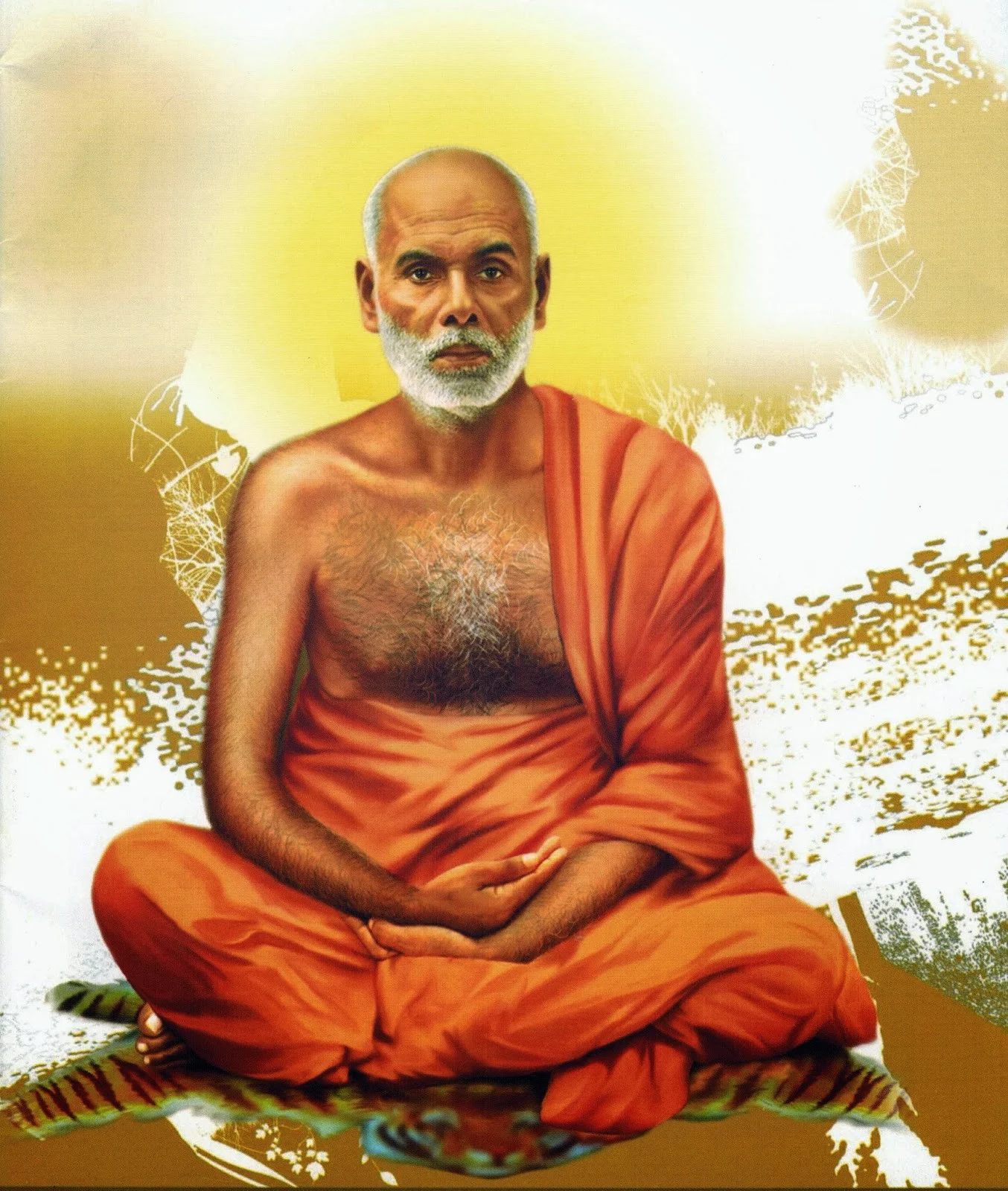Sree Narayana Guru
The Guru is one of the greatest spiritual masters of India who had initiated the most powerful and impactful social reform movement in the country. Born in Kerala’s Chenpazhanthi village in 1856,
Gurudevan, popularly known, was many things rolled into one–a saint, poet, scholar, Advaitist, author, visionary, and visionary precursor of cultural renaissance in India. His reform movement was unique in many ways. He tried to instil confidence and self-esteem among deprived sections of Hindu society by promoting values of spiritual freedom and social equality.
Although his main inspiration remained religious, he campaigned for mundane issues such as the abolition of caste, superstition, animal sacrifices and promoted education and skill development. He founded temples, libraries and institutions to popularise education. He spoke in the language of rishis like Yajnavalkya and the authors of the pre-Vedic Aagamas who prevailed in the form of Saivante Tevaram and Vaisnavante Naalayira Prabandham.
A profound scholar in Sanskrit, like Lord Buddha, he used the layman’s lingo to spread the message of love and universal brotherhood. His movement laid a powerful foundation for the creation of a progressive and modern Kerala society. Drawing inspiration from his work, several social movements were initiated in Tamil Nadu, Karnataka, and Sri Lanka.
Narayana was the son of an asan (traditional schoolmaster). He was educated in Malayalam, Tamil, and Sanskrit. Soon after his parents died, he left home in spiritual pursuit. The plight of depressed classes pained him. To escape caste discrimination, people in the lower castes got converted to Christianity and Islam. Casteism was ruling the roost in Kerala, about which Swami Vivekananda had said:
“Was there ever a sillier thing before in the world than what I saw in Malabar country? The poor Pariah is not allowed to pass through the same street as the high-caste man, but if he changes his name to a hodge-podge English name, it is all right; or to a Mohammedan name, it is all right. What inference would you draw except that these Malabaris are all lunatics, their homes, so many lunatic asylums, and that they are to be treated with derision by every race in India until they mend their manners and know better? Shame upon them that such wicked and diabolical customs are allowed; their children are allowed to die of starvation, but as soon as they take up some other religion, they are well fed. There ought to be no more fight between the castes.
Sree Narayana Guru brought moral and religious elements to instil self-esteem among lower castes in his scheme of things. In Travancore, lower caste Hindus were not allowed to enter temples. So, in 1887, he founded a Shiva temple at Aruvippuram, near Thiruvananthapuram. During this period, a political movement led by Palpu, the first medical graduate in Travancore, was underway to empower Ezhavas. Though it had the support of eminent personalities like Parameswaran Pillai, Editor of Madras Standard, the movement fizzled out. Inspired by Swami Vivekananda, Palpu wanted to launch a Hindu reformation movement, and in Sree Narayana Guru, he found an ideal complement.
After Sree Narayana Guru entered the scene, the conversion of Ezhavas to Christianity almost stopped. According to Robin Jeffrey’s The Decline of Nair Dominance, “in 1900 the LMS (London Missionary Society) station at Attingal, between Trivandrum and Quilon, had not received a single Ezhava convert for a number of years, although most of its adherents were Ezhava converts of 20 years’ standing. The missionary in-charge attributed ‘this recent absence of interest in Christianity to an increased activity on the part of the Eluvar caste everywhere to secure social and political recognition…. To this end they have established associations of their own, have promoted education amongst themselves and have increasingly fitted themselves to take a part in the larger life and growth of the state’.” The Church Missionary Society (CMS), too, faced a similar fate.
Although the members of the Ezhava community had a long-simmering resentment against the upper castes for the disabilities inflicted on them, the Guru encouraged them to focus on their inherent spiritual and moral strengths. He called upon people to acquire education and new skills.
Much before the Communists, the Sree Narayana Dharma Paripalana Yogam organized the first Travancore Labour Association. His call–One caste, one religion and one god for humanity–had a universal appeal. Unlike in the Communist movement, which later usurped and appropriated his legacy, there was no ill-will towards any class, community or group in the movement initiated by Sree Narayana Guru.
Courtesy: Organiser





















